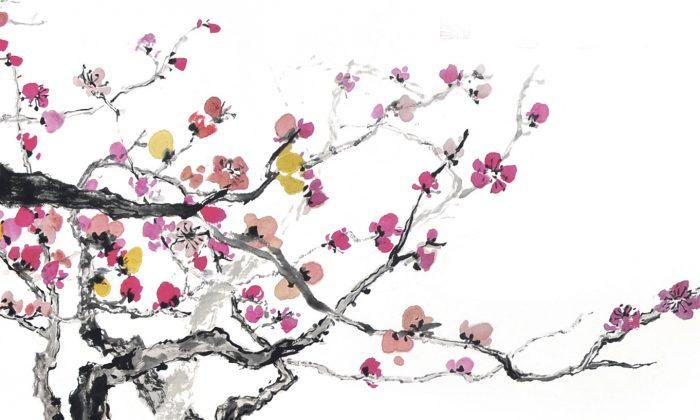Chinese culture is based primarily on the Daoist culture. Although historically there were Confucian scholars such as Han Yu, Liu Kai, and Shi Jie, there is no denying that Confucianism in its origin or development, cannot be separated from the Dao school and form its own system. This is not just an academic debate, but there are profound reasons. China’s 5000 years of culture is said to have been brought down from the heavens. Therefore, the divine characteristic is the cornerstone of a particular civilization’s achievement.
In addition, the more divinely inspired the civilization’s achievement, the longer and wider its influence would be. The vitality of Confucian doctrine is due to it having Daoist culture as a basis, thereby allowing it to continue on Earth as divinely inspired civilization. In this regard, Northern Song dynasty Confucian scholar, Shao Yong is a good example.
Forty years after Daoist Chen Tuan became an immortal, his teachings of I Ching and Tai Chi Map reached the third generation disciple, Li Tingzhi. By that time, Li Tingzhi was looking for someone with a good character to pass on his teachings. One day, Li opened a small door, and saw a young man sitting on the floor, surrounded with books. He immediately recognized that this was the successor he was looking for – Shao Yong.
As one of the “Five Scholars of Northern Song”, Shao Yong’s teachings were known as “image-number study”.
Even though he was a Confucian scholar, his works were categorized and recorded under Daoist works. This is because the wisdom of the Dao School shone through his Confucian works, and what he did in short, was to assist the assimilation of the Dao school of thought into Confucianism.
After Shao Yong met Li Tingzhi, there was a change in direction in his life – he changed from the study of Confucianism to the study of physical science, mind and body, and gained mastery over the Tai Chi Map and I Ching. However, the I Ching that was passed down by Chen Tuan was special – it did not have text; only images to depict the Yin Yang and the Hexagram. Shao Yong wrote the I Ching on sheets of paper, and pasted them all over the walls, facing them day and night. For 3 years, he had no bed, but meditated day and night. In 1049, Shao Yong settled down in Luoyang. Here, he conducted lectures and wrote books. No matter the circumstances, he lived a life that respected the heavens and his destiny.
During his stay at Tian Gong Temple, he realized that “The Dao is not far from people, and the universe is in the body”. In a similar note, a quote from the Buddha school states that, “Bodhi is to be found within our own mind, and there is no necessity to look for mysticism from without”. Later, he moved to a hut and began the days of farming and interacting with nobility.
One day, Shao Yong was talking a walk along the bridge of Tianjin, then he heard the sound of cuckoo and said: “There is no cuckoo in Luoyang until today. Within a few years, the emperor will appoint a person from the South as chancellor and there will be changes. There will be troubles ahead.” Someone asked Shao Yong how he knew this. Shao Yong explained: “The earthly energy of the South has reached the North, the birds could sense this and migrated here.” As it turned out, Emperor Shenzong of Song sought advice from Wang Anshi, who then implemented the Xining Reform.
Shao Yong’s knowledge originated from the Dao School. However, unlike other Daoists who led reclusive lives, he assisted the assimilation of the Dao into Confucianism, and formed various acquaintances in Luoyang. His legacy not only included his research in I Ching, but also the Plum Blossom Ode, which had profound implications. The poem accurately predicted events in Chinese history 1000 years after Shao Yong’s demise, and people increasingly see its value.
Translated by Benjamin Ng.
